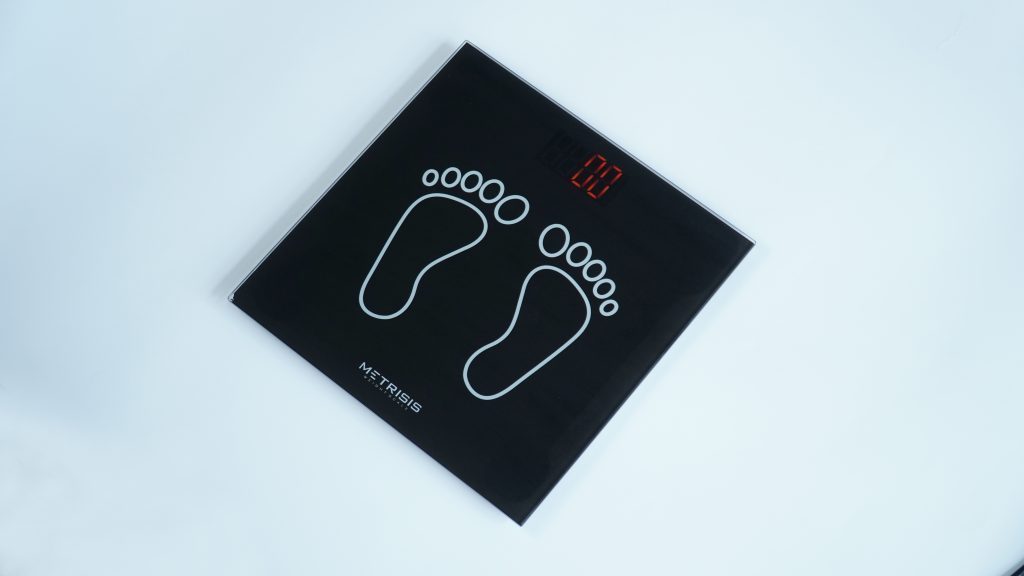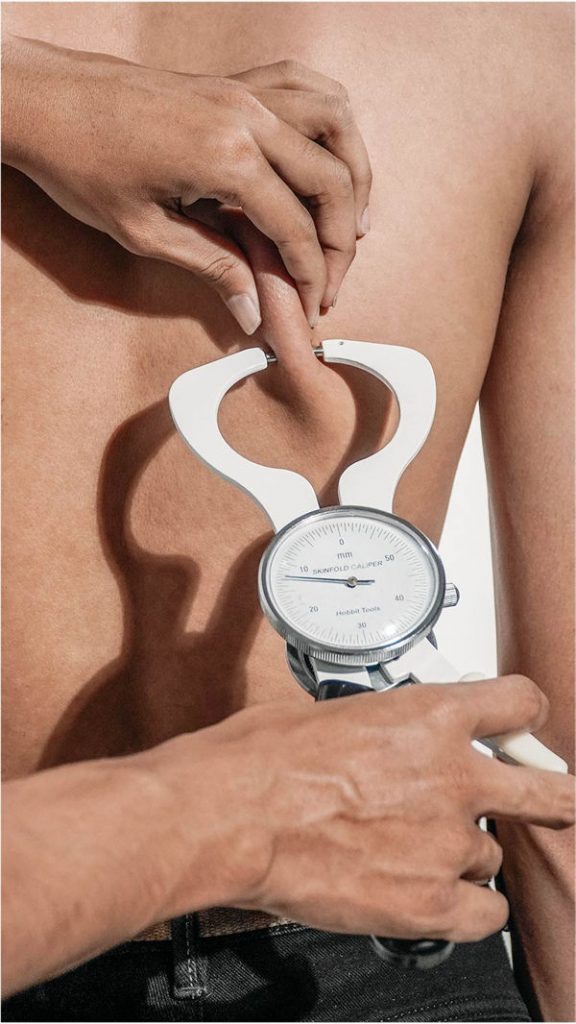Anthropometry in nursing is one of the basic skills that must be possessed by every medical personnel. There are 3 anthropometric techniques in nursing clinical skills called direct measurements. So these are 3 Anthropometric Techniques for Nursing Centre!
Understanding the Importance of Clinical Skills
Clinical Skills is one of the laboratory studies carried out by doctors and medical staff. Clinical skills come from the word skilled which means capable, capable and agile. That is, clinical skills can be defined as the actions of health practitioners towards patients where the results of these actions can be measured or assessed so as to produce a based diagnosis.
These Clinical Skills are then applied in Nursing Clinical Practice. But before discussing further, it is necessary to understand the nursing process. Alfaro Lefevre defines the nursing process as a systematic, humanistic and rational method for organizing and delivering nursing care. This process was developed in five sequential phases namely:
- Assessment Phase
- Nursing Diagnosis Phase
- Planning Phase
- Implementation Phase
- Evaluation Phase
Among these are the prominent nursing diagnoses, which many authors consider the initial plan of care. According to NANDA International (North American Nursing Diagnosis Association International) defines a nursing diagnosis as a clinical assessment of human response to health conditions/life processes, or vulnerability to that response, by individuals, families, groups or communities. A nursing diagnosis provides the basis for the selection of nursing interventions to achieve outcomes for which the nurse is responsible.
Therefore, to make a diagnosis, every nurse needs to master these 3 Anthropometric Techniques in order to improve the diagnosis of the patient being treated :
Recognizing the Role of Anthropometry in Nursing Centre
Before further discussing the 3 Anthropometric Kit Techniques, we need to get to know Anthropometric Sciences first. Anthropometry can be defined as a set of techniques that allow the characterization of human morphology, as well as the diversity of the human body, due to differences in sex, age or ethnic groups. Anthropometry also assesses the influence of the environment on body size and shape, including nutrition, health status and social or cultural habits.
The role of Anthropometry in nursing is to analyze the relationship between human morphological variability and the tendency to contract disease or suffer directly. The most obvious example is the use of waist ratios to determine cardiovascular risk.
Therefore, it is necessary to use 3 anthropometric techniques in nursing which include direct measurements, such as weight percentage, height, baby’s body length and body fat.
1. Measurement of Weight Presentation

Child Measurement Tool 
Weight Measurement Tool
Measurement of body weight presentation is one measure that provides an overview of tissue mass, including body fluids. Body weight is very sensitive to changes either due to infection or decreased food consumption. By measuring the percentage of body weight, a nurse can analyze the possibility of a lack of nutrition. Someone who does not have an ideal body weight can easily catch viruses and other diseases. In addition, a person’s weight presentation is a representation of their current state of health. Therefore, presentation of body weight is one of the most important indicators that must be carried out in nursing science.
Given the crucial weight measurement results, nurses need to pay attention to the specifications of the equipment used. With digital weight scales that are routinely calibrated and meet national standards for a region, you can guarantee the accuracy of the resulting data. Why do we underline ‘national standard of a region’ because we are talking about anthropometry. Where, every human being in a certain area has different body characteristics, as a result the health standards adopted are also different.
2. Body Fat Presentation Measurement
You must be familiar with the term body composition or body fat presentation. This one factor is the most important factor of the 3 anthropometric techniques in nursing. Why ? Because body fat presentation describes the proportion of fat and non-fat mass in the body.
So, what is the difference between fat and non-fat mass?
Basically, fat is found under the skin or around the organs. Although ‘essential fats’ are necessary to give us energy, protect organs and regulate important hormones, some people can have excess body fat that they don’t need. This can cause various problems for the body, including obesity, fatigue, diabetes, and heart failure.
By contrast, lean mass, or lean tissue, refers to our bones, muscles, organs, tissues and water. These are things that burn calories for energy, which body fat does not. Body composition measures these elements to tell us what the body is made of. It shows us changes in fat, muscle mass and body fat percentage. It helps us understand our level of health and where we need to improve.
To measure skinfold anthropometry, triplicate measurements were made at 4 Standard Locations, namely :
- Biceps and triceps (legs)
- Subscapular and suprailiac (trunk) skin folds using a caliper
- The sum of the four skinfolds (triceps, biceps, subscapular and suprailiac) is used to calculate body density.
Then, what tool is used to measure body fat presentation? The answer is Skinfold Calipers.
Skinfold Caliper can help nurses know the amount of fat under the skin. The thickness of the skin measured represents the amount of fat underneath. As a result, people with obesity can be easily identified. Obesity can be one of the triggers for the emergence of other vital diseases such as heart attacks, strokes and even depression. Therefore, measurements with the Skinfold Caliper should be carried out regularly to avoid these possibilities.
3. Height Measurement
Height is one of the most important indicators to determine a person’s nutritional status. For a child aged 0-2 years, the measurement of height reflects the nutritional intake he/she has received since he/she was in the womb. If a child does not meet the standard weight according to his age, it can be an indication of malnutrition which if left unchecked for a long time can have an impact on failure to thrive or stunting.
Why Measuring Height is Important ?

Hight Accuracy 
Stadiometer Portable
In nursing, height measurement is important for calculating doses of drugs, anesthetics, and contrast agents, assessing nutritional status, and determining height-to-weight ratios. Therefore, accuracy in nursing science is very important. This is because the classic medical principle adopted by nurses is “FIRST DO NO HARM”.
The tool used to measure height is a portable stadiometer. As the name implies, the Portable Stadiometer can measure the height of children over the age of 2 years and can be used by adults. With an accuracy of up to 1mm, the Stadiometer Portable has a high level of precision.
Meanwhile, the measurement of the height of children under 2 years is often referred to as the measurement of body length. This is because children aged 0-2 years use a measuring board or what is commonly called an Infantometer Board to measure their body length.
Get Anthropometer For Nursing Centre!
Solo Abadi is the largest Anthropometry specialist manufacturer in Indonesia. We provide various anthropometric tools that have been used in various fields, including nursing. We also produce other anthropometric measuring instruments such as Portable Anthropometry and Anthropometric Chairs to measure the overall dimensions of the human body!
Contact our admin for further consultation via WhatsApp and get more information via www.soloabadi.com.




